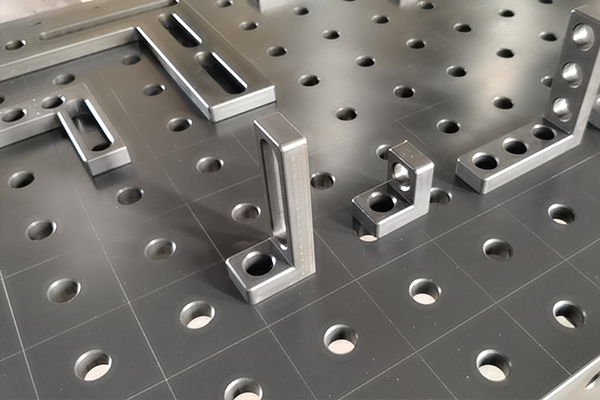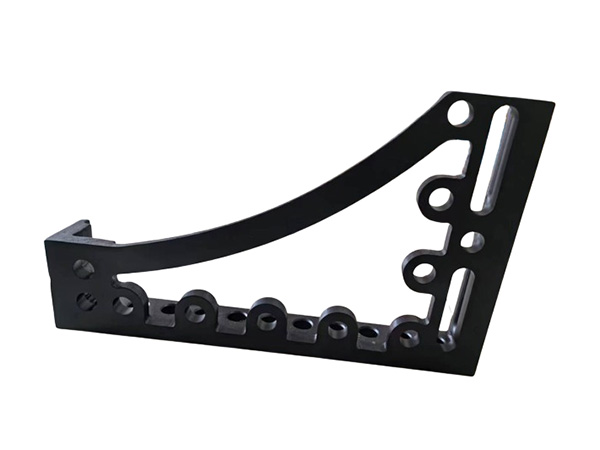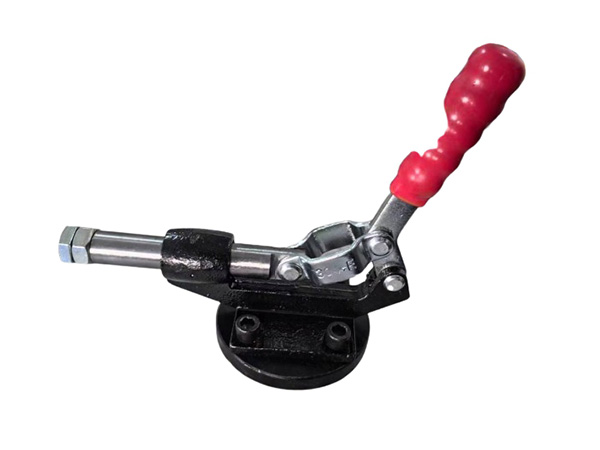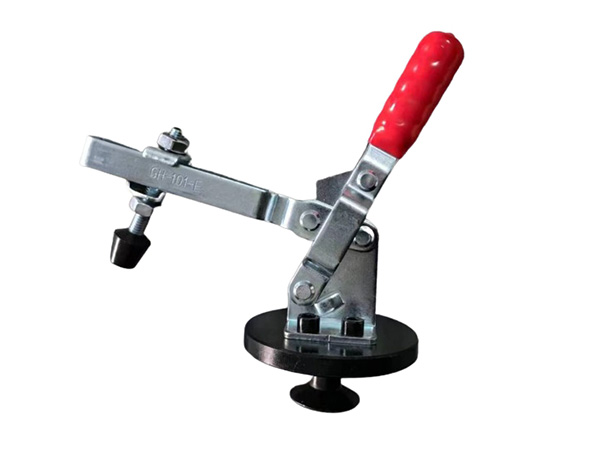- 网站导航 -
Address: Home > News > Technical documentation >
The Application Prospects of Flexible Welding in the Aerospace Industry
Time:2024-10-17 10:14:45 Author:Fadetong Clicks:133Second-rate
Introduction
In the aerospace industry, precision, efficiency, and adaptability are paramount. As advanced manufacturing techniques continue to evolve, flexible welding has emerged as a vital technology that can meet the specific demands of aerospace applications. This method is particularly suited for producing high-strength, lightweight components essential for aircraft, satellites, and space exploration equipment. In this article, we will explore the potential and future applications of flexible welding in the aerospace industry, highlighting the advantages that make it an indispensable tool for aerospace manufacturers.
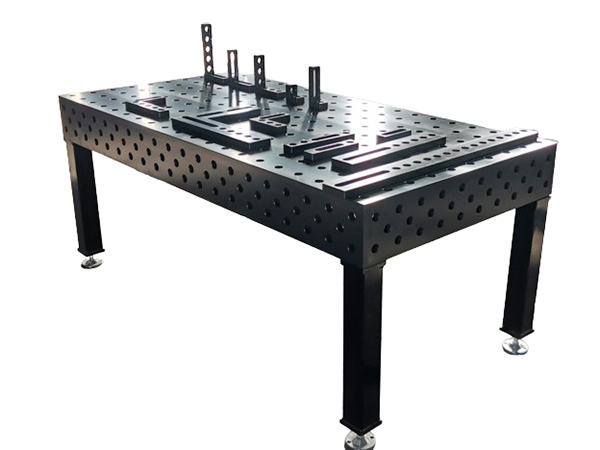
The Growing Demand for Flexible Welding in Aerospace
The aerospace industry constantly strives for innovations that can reduce weight, increase fuel efficiency, and improve the structural integrity of components. Flexible welding technology offers these benefits by providing manufacturers the ability to work with a variety of materials, including aluminum, titanium, and advanced composites. This versatility is crucial, especially as modern aircraft designs incorporate diverse materials to enhance performance while maintaining structural integrity.
Flexible welding allows manufacturers to create complex geometries and intricate joints without compromising strength. The ability to precisely control welding parameters makes it possible to reduce distortions, cracks, and other common welding defects, leading to higher-quality parts that meet stringent aerospace standards.
Advantages of Flexible Welding in Aerospace Manufacturing
1. Adaptability to Multiple Materials: Aerospace manufacturers require a welding solution that can handle diverse materials. Flexible welding systems can easily adapt to different metals and alloys, including light, durable materials like titanium and aluminum. This flexibility ensures that the welding process is efficient, regardless of the material composition.
2. Precision and Quality: The aerospace industry demands extreme precision. Flexible welding technologies, such as laser and friction stir welding, allow for high levels of accuracy, ensuring that components are fabricated to the exact specifications required for safe and reliable aircraft operation.
3. Cost-Efficiency: The use of flexible welding reduces production costs by minimizing material waste and speeding up production timelines. Aerospace manufacturers can save on labor and material costs, as the automated nature of these welding processes often requires less rework and inspection.
4. Enhanced Safety and Reliability: The strength of aerospace components is critical to ensuring the safety of passengers and crew. Flexible welding produces stronger, more reliable joints that can withstand the extreme conditions experienced by aircraft and space vehicles, including high stress, temperature variations, and intense vibrations.
Future Trends in Flexible Welding for Aerospace
As the aerospace industry continues to evolve, flexible welding technologies are expected to advance in parallel. One of the most promising trends is the integration of robotic welding systems, which offer unparalleled precision and efficiency. Automated systems will likely become the standard in aerospace manufacturing, with flexible welding playing a key role in ensuring that the production process remains adaptable to new designs and materials.
Another future development is the increasing use of additive manufacturing (3D printing) in combination with flexible welding. This hybrid approach can further enhance the ability to produce lightweight, high-performance parts with complex shapes that are difficult to achieve using traditional welding methods.
Conclusion
The aerospace industry is entering an era of rapid innovation, and flexible welding is set to become a cornerstone of this transformation. The technology’s ability to adapt to different materials, deliver high-precision results, and reduce costs makes it a perfect fit for the demanding aerospace environment. As more manufacturers adopt flexible welding solutions, we can expect to see even greater advancements in the production of aircraft and spacecraft components.
For aerospace companies looking to stay competitive, investing in flexible welding technologies is not just an option—it's a necessity. The future of aerospace manufacturing will be built on the foundation of precision, efficiency, and innovation that flexible welding provides.

